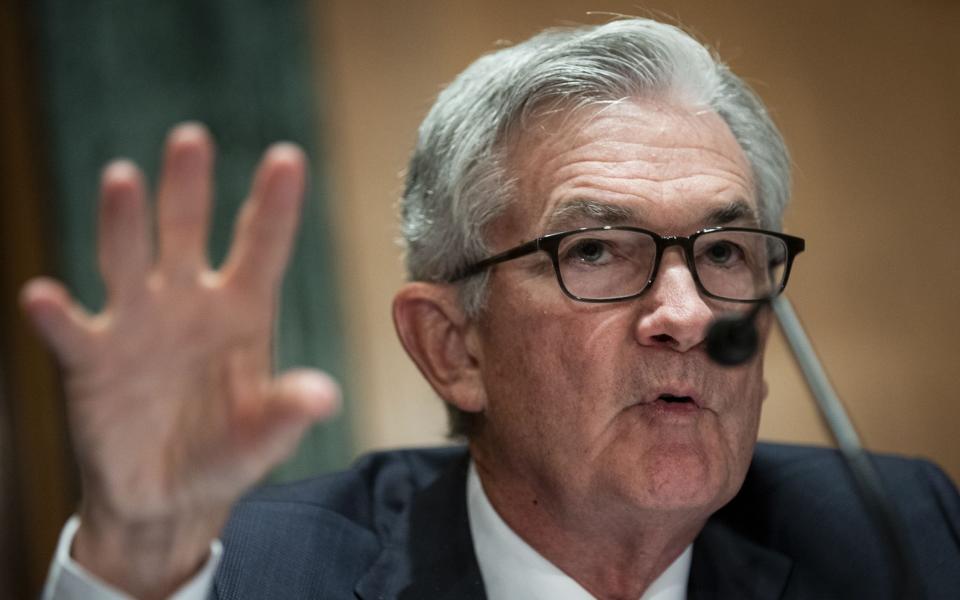Price rises pile pressure on Federal Reserve

A rise in US prices to the highest level in three decades turned up the heat on the Federal Reserve as inflationary pressures push rate-setters towards winding down huge stimulus.
The US central bank’s preferred measure of inflation - core personal consumption expenditure (PCE) price index - edged up from 3.4pc to 3.5pc year-on-year in June, with forecasters predicting prices will move even higher.
More signs of fast-rising inflation will increase the pressure on the Fed to step in to stop prices spiralling by tapering its bond-buying programme.
The pick-up in the prices was slightly weaker than economists had expected but still boosted the closely watched gauge, which removes volatile food and energy costs, to its highest level since 1991.
Core PCE climbed 0.4pc month-on-month while consumer spending rose strongly last month, climbing 1pc, the Bureau of Economic Analysis revealed.
Pantheon Macro economist Ian Shepherdson said core PCE “likely has not yet peaked” and could hit almost 4pc.
A reopening boom and supply chain bottlenecks have combined to send prices rocketing in the US, stoking worries of a persistent inflation outbreak.
The Fed edged towards tapering stimulus to rein in prices at its latest meeting earlier this week as attention turns to chair Jerome Powell’s Jackson Hole speech in August.
Economists expect Mr Powell to lay the groundwork for the withdrawal of its huge quantitative easing programme, which sweeps up government bonds, in the coming months.
Following the figures, St Louis Fed president James Bullard said there is “quite a bit” of inflation and warned the central bank was coming up “a little short” in preparing for a price surge. He argued the Fed should start reducing its $120bn-a-month bond buying spree this autumn and dial back “fairly rapidly”.
“This is all about moving the supertanker and nudging the supertanker in the right direction at the right time,” said Mr Bullard, a voting member of the Fed’s committee in some years.
Bank of America economist, Michelle Meyer, said the Fed was likely to “send a signal about tapering in the September meeting, announce it in December and execute in January”. She predicted the first interest rate hike in 2023.
However, she cautioned that a potential stumbling block could be a slowdown in growth as consumer spending stalls in the face of the spreading Delta variant.
“We are seeing evidence of a shift in consumer spending trends in the states where the virus is on the rise with a slowing in spending at restaurants and on entertainment.”
